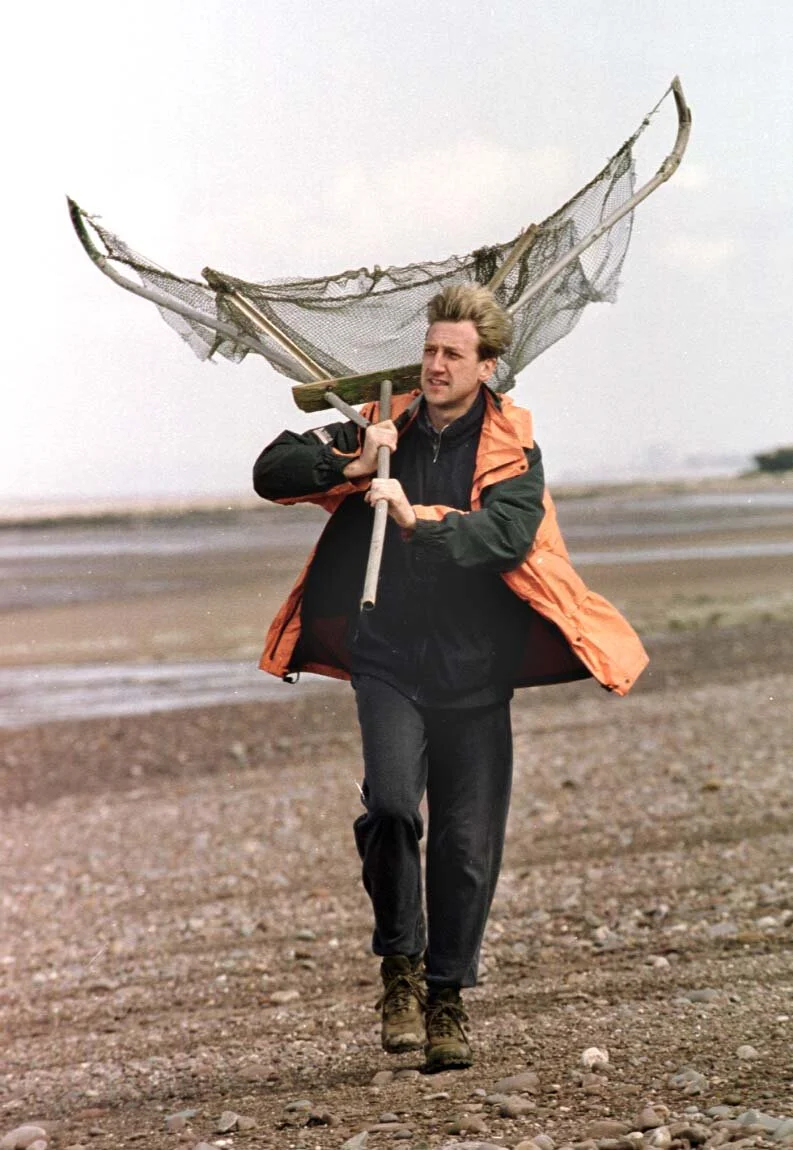Whortleberries
The whortleberry is an ingredient essential for one of our most delicious regional dishes - and I am hearing that the little purple orbs full of juice and Vitamin C are out now.
Whortleberry pie and clotted cream is a West Country speciality that wins in so many ways. The cooked whortleberries inside the pie have a unique dark velvety flavour than melds so, so well with thick clotted cream made from cows that graze on the region’s rich grass pastures.
The whorts or wurts, as they’re known locally, are a type of bilberry and part of the great delight lies in the actual hunting of the diminutive spheres full of flavoursome juice and vitamin C.
And whort picking used to be part of Exmoor's rural economy. Tom Court, writing in the Exmoor Review in 1967, recalled: "Before and after the First World War whortleberry or 'urt' picking (as it became known) was quite an industry.
“Children, sometimes accompanied by their mothers, would set off for the moor early in the morning, with a basket and sandwiches to last all day.... After picking started it was a point of honour not to have our dinner until a certain quantity of whorts had been picked. A mark would sometimes be made with a squashed berry on the side of the basket.”
Mr Court went on: “It was everyone's ambition to get a full basket. This didn't often happen, only on a very few occasions when whorts were plentiful, or, as we termed it, 'they were like black hail' did we succeed.”
On the one hand: “Great rivalry existed between the different parishes and each was jealous over what was considered our territory.”
On the other: “Sometimes, on the way home one of us might be unlucky enough to trip and upset our precious whorts: as many as possible would be gathered up, and the rest of the children would give a handful from their baskets to compensate for the loss.”
A far cry from our competitive day and age. As was the fact that the children picked to earn money so their mothers could buy winter clothing. “We were allowed to keep what money we earned on the last day of whorting, so we were usually very energetic on that day,” recalled Mr. Court.
In most European countries country people use a simple device which takes the tedium out of picking and which allows you to fill buckets in no time at all. It's a sort of comb with wire prongs that you stroke through the bushes in an upwards motion. These prongs have the effect of popping the berries off the stems, whereupon they fall back through an open flap into a receptacle to which the handle is fitted.
When you finish your stroke and plunge the device back down among the bushes for another go, the flap is shut by gravity - allowing no whorts to escape. You'd think that this system would also pull in any number of stems and leaves, but surprisingly it doesn't and you are left with huge quantities of unsoiled berries.
Having used one myself in Finland I can vouch for the efficacy of the whort-picker, and for years I thought the British had somehow missed out on this simple bit of technology. But I have since found a couple of examples in the excellent Lyn and Exmoor Museum.
Years ago for I wrote a newspaper report about how the Australian cricket team visiting Somerset on an Ashes Tour had been served whortleberry pie and cream in a Taunton hotel - a few years later something of a minor media storm was caused when they returned and demanded a repeat of that most delicious of all our regional dishes. That time around the posh hotel in Taunton was for some reason unable to come up with the goods and eventually someone else had to be found to provide the Antipodean cricketers with whortleberry pie and clotted cream. On that occasion the Aussies went on to win the Ashes…







